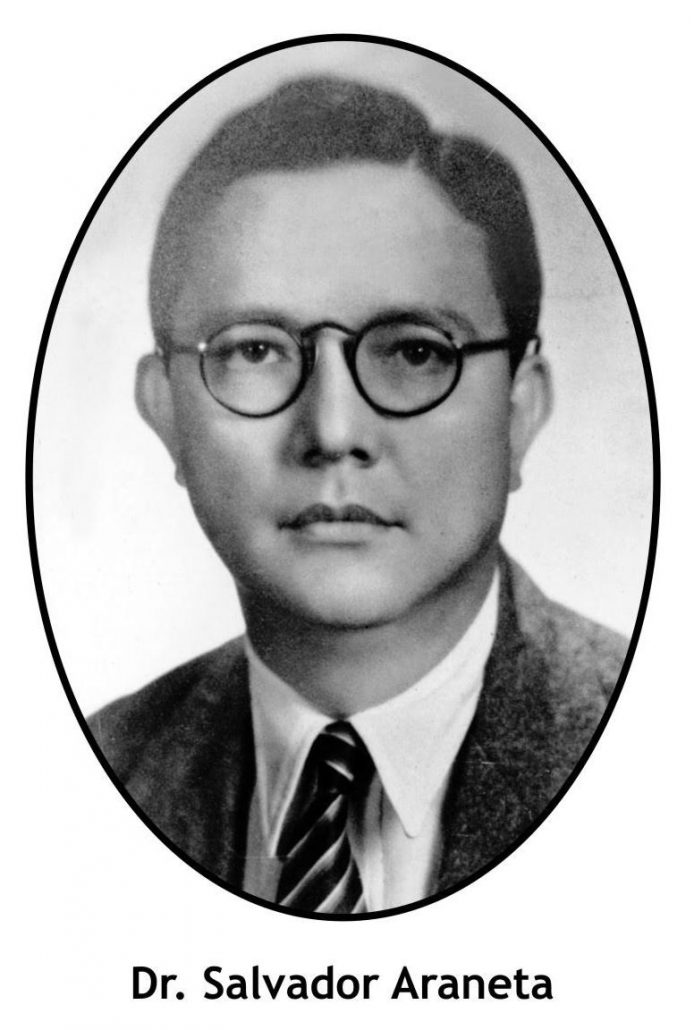 PLEASE TAKE note that those arrested are not being protected but are being victimized while under our Constitution, they should be protected. The following are the Articles in the Constitution proving this:
PLEASE TAKE note that those arrested are not being protected but are being victimized while under our Constitution, they should be protected. The following are the Articles in the Constitution proving this:
* Article III, Bill of Rights, Section 19, No. 2 – The employment of physical, psychological, or degrading punishment against any prisoner or detainee or the use of substandard or inadequate penal facilities under subhuman conditions shall be dealt with by law.
* Article III, Section 12, No. 2 – No torture, force, violence, threats, intimidation, or any other means which vitiate the free will shall be used against him. Secret detention places, incommunicado, or other similar forms of detention are prohibited.
* Article III, Section 12, No. 4 – The law shall provide penal and civil sanctions for violations of this section as well as compensation to and rehabilitation of victims of torture or similar practices and their families.
Being detained like Tisoy in a cell with 128 detainees, in a room built for 40 detainees, is obviously torture and is an intimidating situation. It is physically impossible for him to have been allegedly beaten up by his co-detainees, unless the other detainees as well as Tisoy were brought out for such purpose by the police.
Detention in despicable conditions is against the Constitution. So how many provisions of the Constitution have been violated for Tisoy and countless others?
Who will pay as mandated by the Constitution?
We invite the Integrated Bar of the Philippines to look into those cases.
Autonomous Regions and Indigenous Peoples and Cultural Communities
With the many hardships that the indigenous peoples have been enduring unnoticed for several years, the headlines and front pages have now been documenting and recording their plight. To give some sense to what we are reading, we have gone through the Constitution to see what rights “have been neglected.”
We are also including a brief background of what life was in Cotabato, which is part of the vast and treasure-laden province of Mindanao.
From my understanding resulting from conversations with missionaries who worked in Cotabato and my own earlier write-ups using the census of 1939 for the province of Cotabato alone, here are some facts.
In 1939, settlers started to move into this rich and vast empty land of Cotabato, in greater number and when they arrived, there were 10 languages spoken. According to the census of that same year, the most commonly used languages were in Maguindanao with 146,947 out of the total population of Cotabato which was 298,935. Bisaya or Cebuano was the second most commonly spoken language with 37,429 closely followed by Bilaan which was spoken by 33, 273. Manobo was next, with 21, 800. The rest of the population spoke one or more of the several other languages being used at that time which included Tiruray, Ilanon, or Lanao Maranao, Samal-Moro, Sanggil, Tagabili, Iloco, Tagacaolo, Bagobo, etc.
The different pagan tribes who had their own languages were the Manobos who lived a few kilometers north of Midsayap, north of Kidapawan in the hills, the Bagobos; along the coast and in the hills of Upi-Nuro, the Tirurtays; at Kalamansig and in the hills, the Manobos, Kiambas and Klings, the Bilaans and the Tagabilis. Near Lagao, at the foot of Mountain Matutum, another tribe of Bilaans. There were approximately 5,000 per group. They had no religion, being animists. There were Muslims everywhere but their center was in Dulawan.
When the settlers arrived, they already found settler communities of indigenous people. Every settler was given 2,000 square meters in town to build their homes and 12 hectares of land to cultivate outside. In each town was a hospital, and a doctor who was paid by the Settlement.
Autonomous Regions
While the Muslims and the people of the Cordilleras have their own autonomous regions, the Lumads as well as other smaller indigenous and cultural communities have been left out. Article X, Section 15 defines Autonomous Regions as areas consisting of provinces, cities, municipalities, and geographical areas sharing common and distinctive historical and cultural heritage…
As one who would like to see indigenous people having their own autonomous region, considering the number of the indigenous population in the country, I wonder why the framers of the Constitution could not have looked at Alaska and Hawaii as a model for adding the territories occupied by the Lumads and cultural communities as an autonomous region. Alaska is not connected to the United States nor is Hawaii connected to mainland United States. Alaska is connected to Canada, while Hawaii lies several hours away from mainland U.S.A. by jet.
Another important feature is that autonomous regions must be within the framework of the Constitution and the national sovereignty as well as territorial integrity of the Republic of the Philippines. In other words, Autonomous Regions must keep the territorial integrity and sovereignty of the Filipino nation, and may not break away from the Republic of the Philippines. (To be continued/PN)





